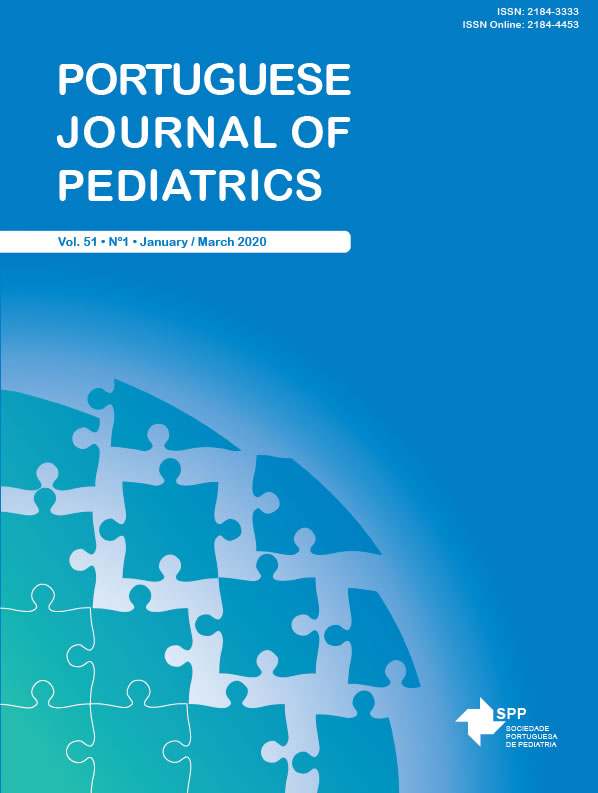Recommendation of Charts and Reference Values for Assessing Growth of Preterm Infants: Update by the Portuguese Neonatal Society.
Date of submission: 20-11-2019 | Date of acceptance: 22-11-2019 | Published: 27-01-2020
DOI:
https://doi.org/10.25754/pjp.2020.18888Abstract
The growth charts and reference values for preterm infants are revisited and recommendations for their use updated by the Portuguese Neonatal Society.
To assess intrauterine growth: The cross-sectional sex specific Fenton 2013 charts, based on birth weight, length and head circumference, are the most appropriate. Neonates born with weight < 3rd percentile are classified as small-for-gestational age and those born >97th percentile are classified as large-for-gestational age. The Olsen 2015 body mass index curves can be used to assess proportionality at birth, although accuracy of some length measurements has been questioned.
During hospitalization: The online calculator www.growthcalculator.org, based on recent longitudinal curves, is recommended to assess weight gain; it provides an accurate graphic display of the current weight percentile, target weight and its deviation. Fenton 2013 charts may be an alternative to monitor linear and head growth while in the neonatal unit. In the neonatal period, velocity rates of 15–20 g/kg/d for weight, 0.9–1.1 cm/week for length, and 0.9–1.0 cm/week for head circumference, are adequate goals.
After discharge: The longitudinal Intergrowth-21st standards are adequate to monitor growth from 32 to 64 weeks’ postmenstrual age, for infants born with more than 27 weeks gestation. After that postmenstrual age, the WHO Growth Standards 2006 for infants born at term can be used.









